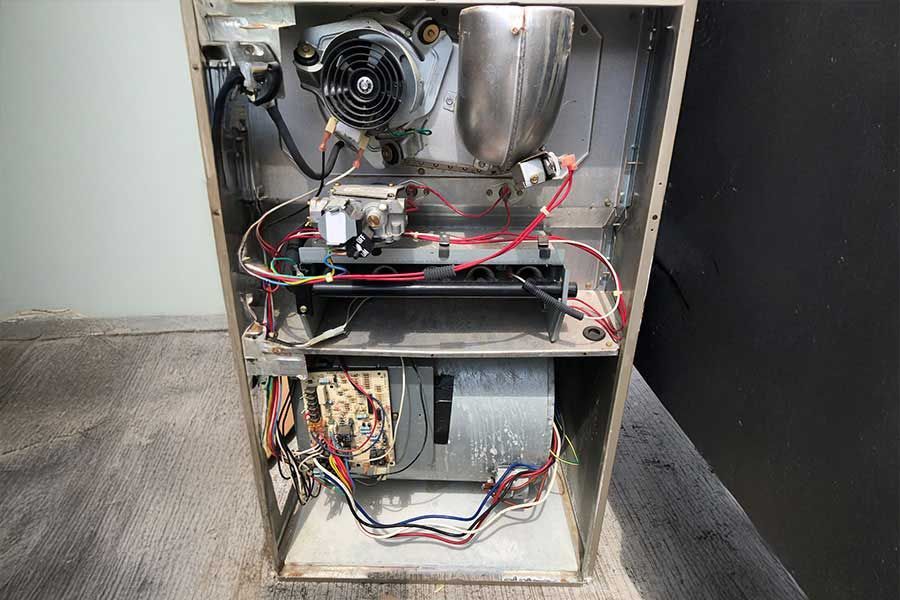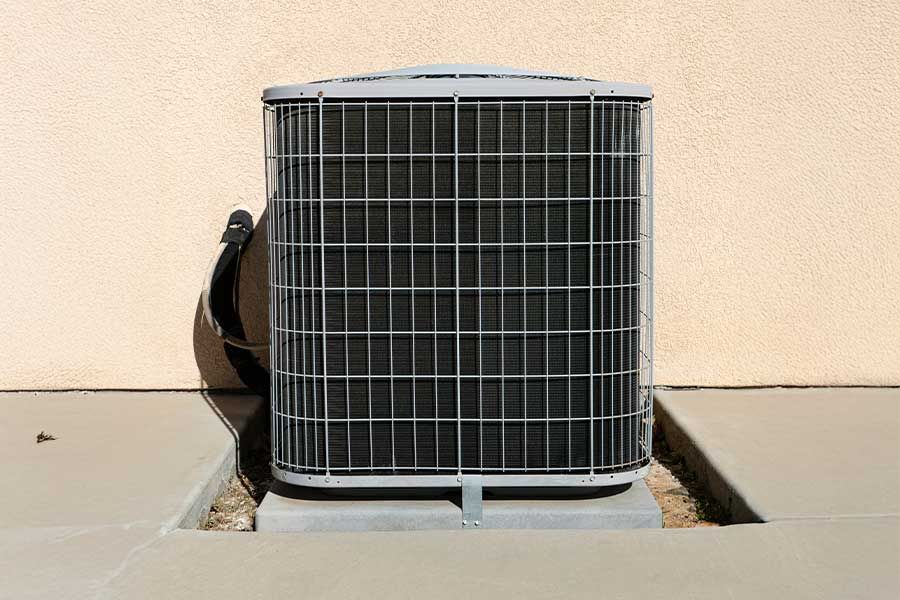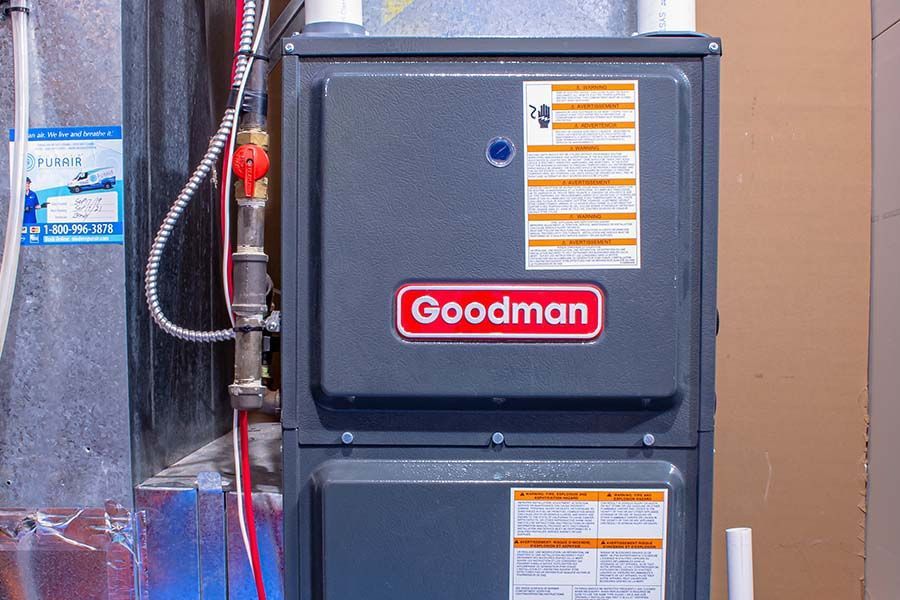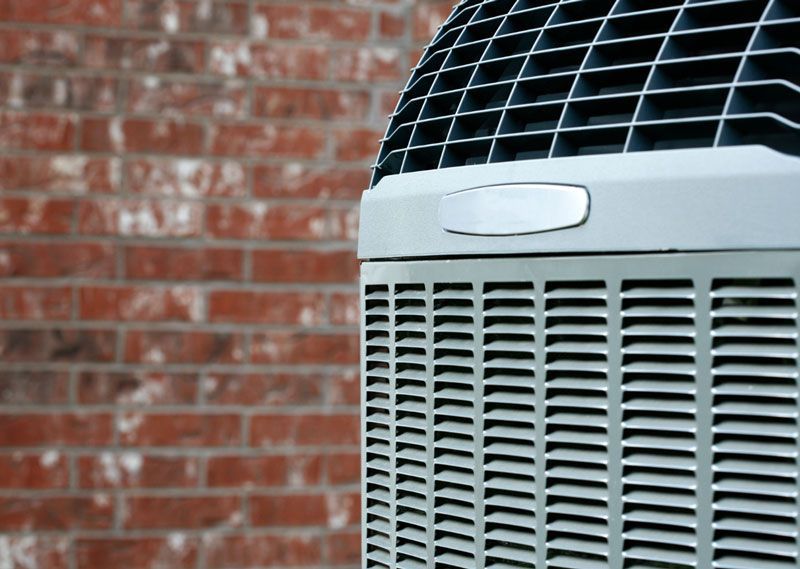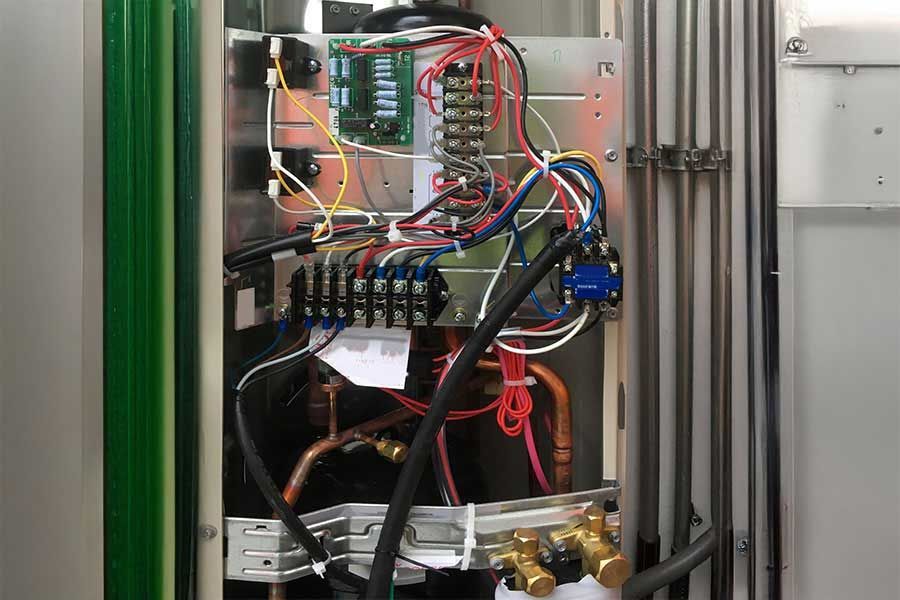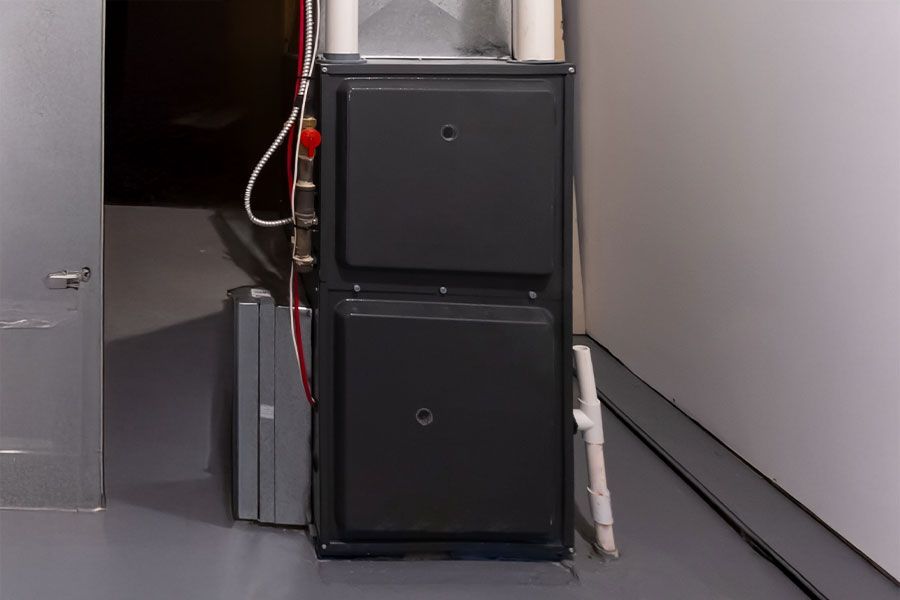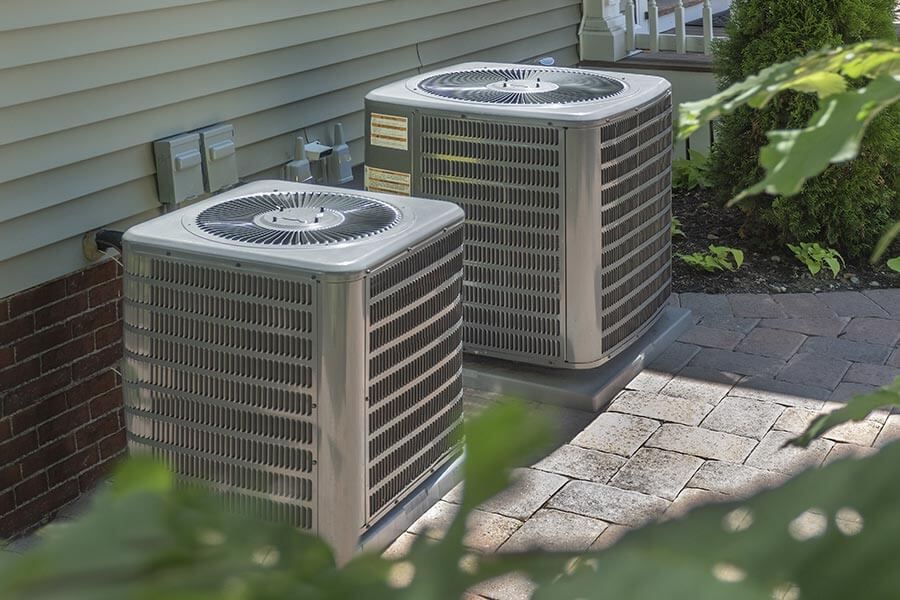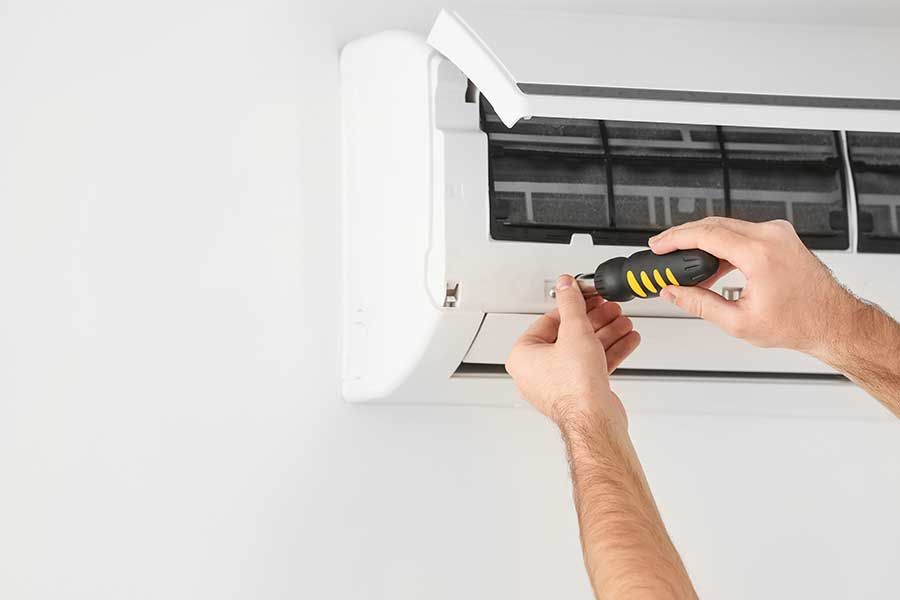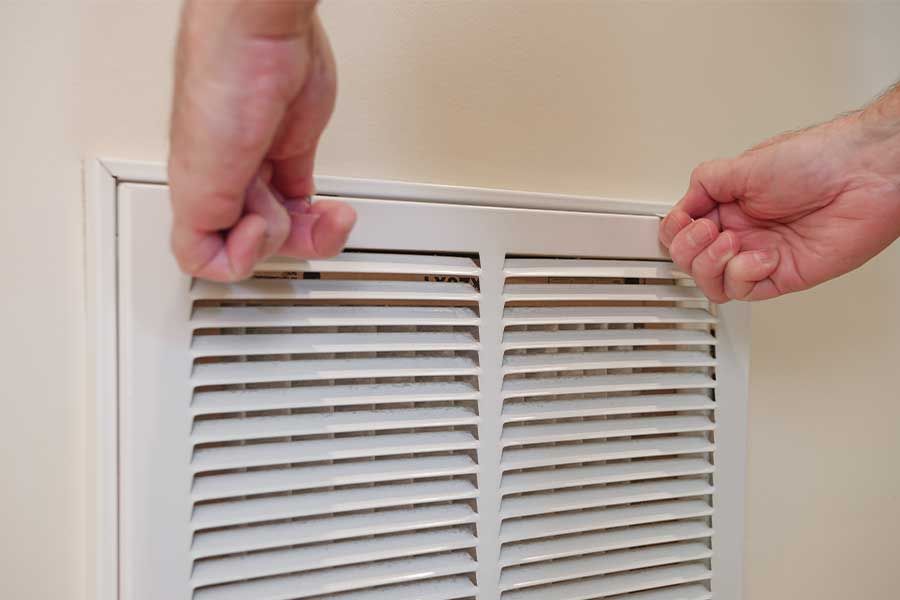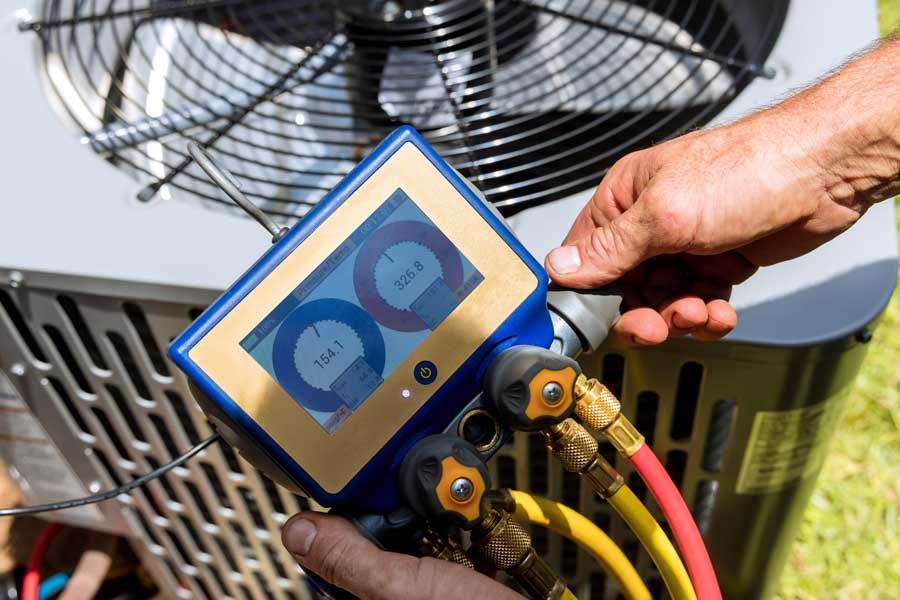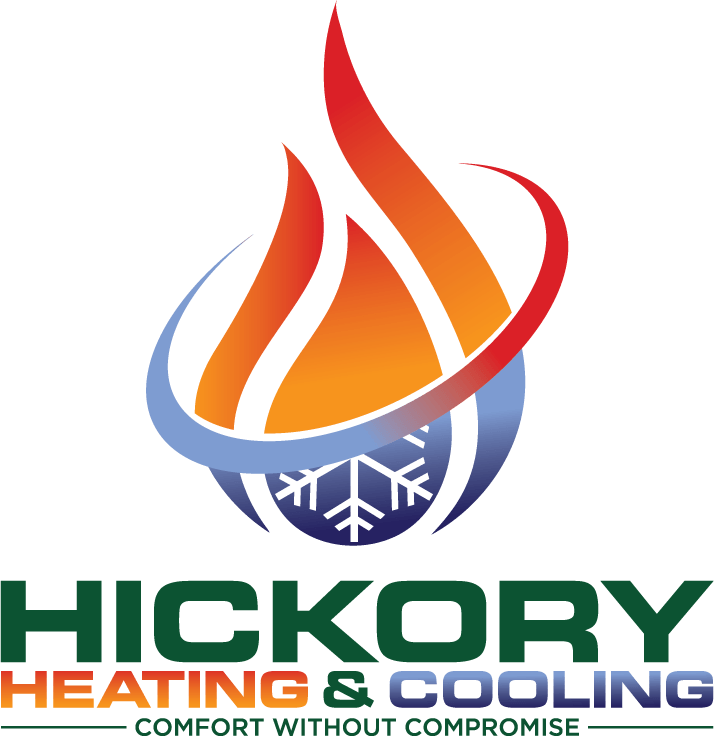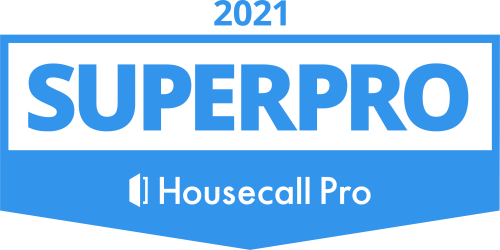How to Spot Early Issues With Your Furnace
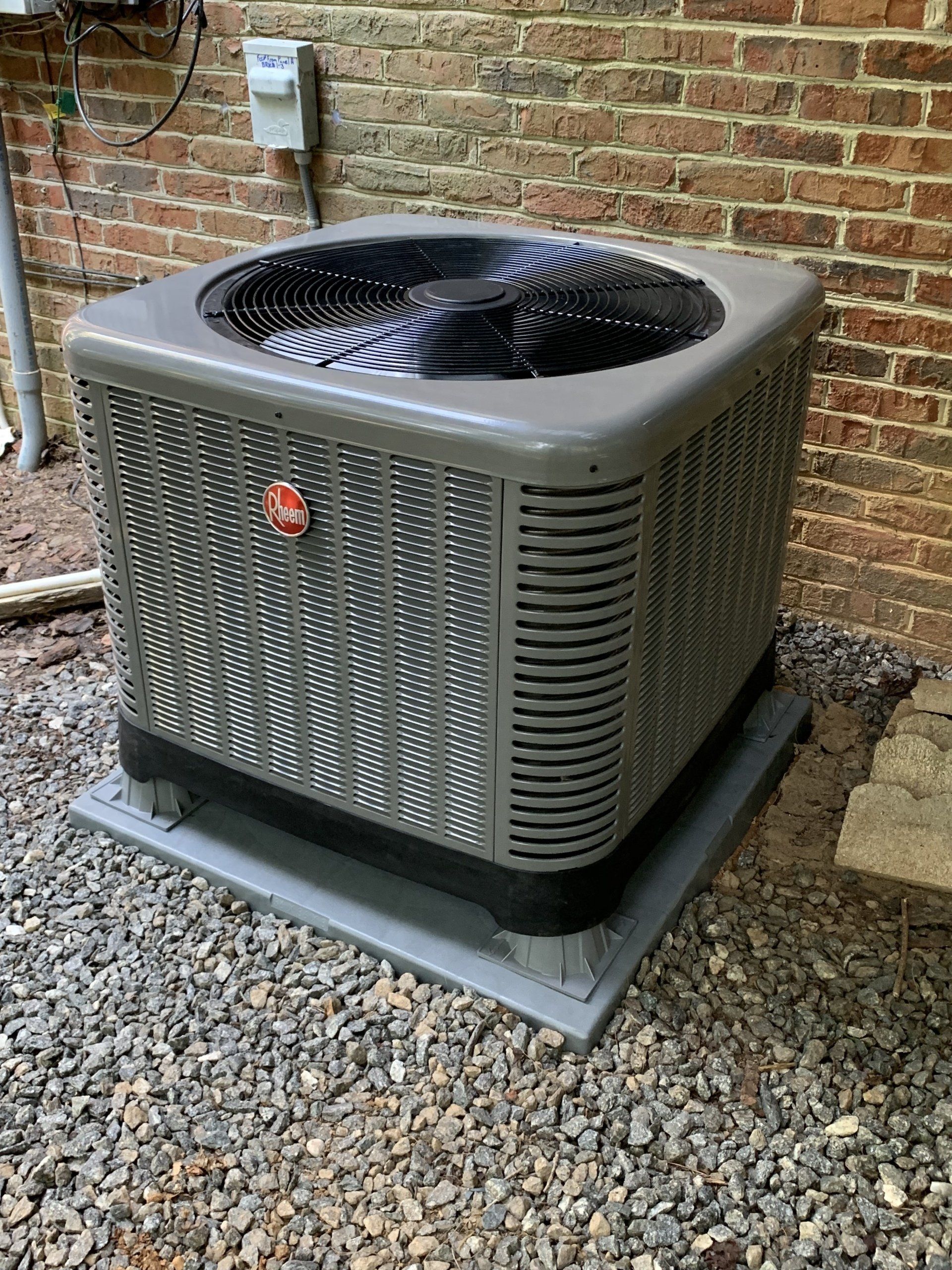
Just as a car’s engine warning light signals potential trouble, your furnace offers its own clues when issues arise. You might hear strange noises like banging or squealing or notice your energy bills creeping up unexpectedly. These signs, among others, can indicate that your furnace needs attention. Ignoring them might lead to more significant problems down the road. So, what exactly should you be looking for, and how can you address these concerns before they escalate? Understanding these early indicators will save you time, money, and the discomfort of a chilly home.
Unusual Furnace Noises
Listening to unusual furnace noises, such as banging or squealing, can help you identify mechanical issues early and prevent costly repairs. Start by turning off any background noise to focus on the furnace’s operation. Pay attention to banging sounds, which might indicate loose or broken components. This could mean a problem with the blower wheel or motor mounts. A squealing noise often suggests issues with the blower belt or motor bearings. If the noise persists, inspect the belt for wear or misalignment.
When you hear rattling, it typically signals loose panels or ducts. Tighten any loose screws or bolts to prevent further damage. Popping sounds might arise from thermal expansion or contraction in the ductwork, which is usually normal but should be monitored for consistency. If you detect a grinding noise, it could be an immediate sign of a failing motor. Shut off the furnace and seek professional help to avoid more severe damage.
Inconsistent Heating
If your furnace produces inconsistent heating, check the thermostat settings and verify they’re correctly calibrated to maintain the desired temperature throughout your home. Ensure the thermostat is set to ‘heat’ mode and the fan is configured to ‘auto’ to prevent unnecessary energy usage. Inspect the thermostat’s location; it should be away from direct sunlight, drafts, or heat sources that may cause false readings.
Next, examine your home’s air vents and registers to confirm they’re open and unobstructed. Blocked vents can lead to uneven distribution of warm air, resulting in cold spots. Clean any dust or debris from the vent covers to guarantee maximum airflow.
Assess the furnace’s air filter, which should be replaced every one to three months. A clogged filter restricts airflow, diminishing the furnace’s efficiency and leading to temperature discrepancies. Additionally, inspect the furnace’s blower motor for dust accumulation or mechanical issues, as these can impact the system’s ability to circulate air effectively.
Increased Energy Bills
While addressing inconsistent heating, monitor for increased energy bills, as they often signal your furnace is working harder than necessary due to inefficiencies or malfunctions. A spike in energy costs without a corresponding increase in usage may indicate underlying problems. To effectively diagnose these issues, take the following steps:
- Check your furnace filter: A clogged filter restricts airflow, forcing the furnace to consume more energy. Replace or clean the filter regularly to guarantee peak performance.
- Inspect ductwork for leaks: Leaky ducts cause heated air to escape, requiring more energy to maintain desired temperatures. Seal any visible leaks with duct tape or mastic to improve efficiency.
- Evaluate the thermostat: An inaccurate thermostat can cause the furnace to run longer. If it’s displaying incorrect readings, calibrate or replace it.
- Schedule a professional inspection: Have a certified technician conduct a thorough inspection to identify mechanical failures or inefficiencies. Regular maintenance can preempt costly repairs and prolong the furnace’s lifespan.
Short Cycling
Short cycling occurs when your furnace frequently turns on and off in short intervals, indicating potential issues with the thermostat settings, airflow obstructions, or component malfunctions. To address this, inspect your thermostat and confirm it’s set to the appropriate heating mode and temperature. A thermostat improperly calibrated or positioned near heat sources can misread temperatures, causing the furnace to short cycle.
Next, check for airflow obstructions. Examine your furnace’s air filter and replace it if it’s clogged with dust or debris, as this impedes airflow and may lead to overheating, prompting the furnace to shut off prematurely. Additionally, vents and ducts should be inspected for blockages that could restrict air circulation.
If the problem persists, consider examining the furnace’s limit switch, which monitors temperature. A faulty limit switch can incorrectly signal the furnace to turn off. Replacing a malfunctioning switch may require professional assistance to confirm safety and proper operation.
Lastly, evaluate your furnace’s blower motor. A malfunctioning motor might cause inconsistent airflow, triggering short cycling. Consult a repair professional to test the motor for unusual noises or irregular operation. Addressing these issues promptly confirms efficient furnace performance and comfort for those you serve.
Strange Furnace Odors
Detecting unusual odors from your furnace often signals underlying issues that require immediate attention to secure safe and efficient operation. When you notice strange smells, it’s essential to identify and address them promptly to prevent potential hazards and maintain comfort for those you serve. Here’s a detailed guide to recognizing and responding to these odors:
- Burning Dust Smell: After the furnace has been off for a prolonged period, it’s normal to smell burning dust initially. However, if it persists, check for accumulated dust on the heat exchanger or around the burners and clean thoroughly.
- Metallic Odor: A metallic smell might indicate overheating components or electrical issues. Immediately turn off the furnace and inspect the wiring and connections for signs of wear or damage. Consult a professional if necessary.
- Rotten Egg Smell: This indicates a natural gas leak, which poses a serious risk. Evacuate the area and contact your gas company immediately. Do not attempt to continue furnace operation until cleared by professionals.
- Musty Smell: This often signals mold or mildew buildup within the ductwork or filters. Clean or replace filters and consider professional duct cleaning to secure air quality and system efficiency.
Yellow Pilot Light
A yellow pilot light in your furnace often signals incomplete combustion, which can lead to hazardous carbon monoxide buildup and reduced heating efficiency. To address this issue, verify that the gas supply to your furnace is sufficient. Then, check the gas valve to confirm it’s fully open. A restricted gas flow can cause the pilot light to burn improperly.
Next, inspect the pilot light assembly for dust or debris. Turn off the furnace and allow it to cool before cleaning. Use a soft brush or a can of compressed air to remove any obstructions gently. This maintenance can improve the air-fuel mixture, guaranteeing a more efficient burn.
Additionally, verify the air inlet is clear of blockages. Limited air supply impacts combustion quality. Make sure the furnace area is well-ventilated and free of clutter that may impede airflow.
Test the thermocouple, a safety device that detects the pilot light’s presence. A faulty thermocouple can cause the light to turn yellow. If it appears damaged, consult a professional to replace it. By taking these steps, you contribute to safe, efficient furnace operation, ultimately safeguarding your home and its occupants.
Frequent Thermostat Adjustments
Frequent thermostat adjustments often indicate underlying issues with your furnace’s efficiency or the thermostat itself, requiring a systematic approach to diagnose and resolve the problem. Start by verifying the thermostat settings and calibration. An improperly calibrated thermostat can send inaccurate temperature readings, leading to frequent adjustments. Ensure it’s set to the correct mode, such as ‘heat’ for the winter season, and verify the programmed schedule aligns with your needs.
Next, inspect the thermostat’s location. It should be positioned away from direct sunlight, drafts, and heat sources, as these can cause false readings. If necessary, consider relocating it to a more central location in your home.
Here’s a structured approach to troubleshooting:
- Check Battery Life: Make sure the thermostat’s batteries are fresh. Weak batteries can cause erratic behavior.
- Clean the Thermostat: Dust and debris can interfere with its sensors and dials.
- Inspect Wiring: Make sure all wires are securely connected. Loose wiring can disrupt communication with the furnace.
- Update Thermostat Software: If it’s a smart thermostat, ensure it’s running the latest software version for peak performance.
Weak Airflow
Identifying weak airflow starts with examining your furnace’s air filters, as clogged or dirty filters can greatly impede efficiency and performance. Begin by turning off the furnace to guarantee safety. Carefully remove the filter from its compartment, typically at the air return duct or the furnace’s entrance. If the filter appears gray or covered in debris, replace it immediately. A clean filter promotes ideal airflow, guaranteeing the furnace operates effectively and efficiently.
Next, inspect the blower motor, which circulates air through your home. Verify that it’s functioning without obstruction or signs of wear. Listen for unusual noises, such as grinding or rattling, which may indicate a malfunction. Consult your furnace’s manual for specific maintenance instructions, or seek professional assistance if necessary.
Additionally, verify all vents and registers are open and unobstructed. Walk through your home and visually confirm that furniture, drapes, or other objects aren’t blocking airflow. Closed or blocked vents can create pressure imbalances, leading to weak airflow.
Accumulated Dust and Dirt
Consider checking for accumulated dust and dirt in the furnace components, as these can restrict airflow and reduce system efficiency. Regular inspection and cleaning are essential to maintaining peak performance. Here’s how you can manage this task effectively:
- Inspect Filters: Verify clean air filters by holding them to the light. If light doesn’t pass through, replace them immediately. A clean filter guarantees efficient airflow and prevents dust from circulating.
- Examine Blower Assembly: Dust can settle on blower blades, causing imbalance and vibration. Use a vacuum with a brush attachment to gently clean the blades, making sure they rotate freely without obstruction.
- Assess Ductwork: Dust accumulation in ductwork can obstruct airflow and reduce efficiency. To maintain a clean air passage, regularly check for debris and consider professional duct cleaning services if needed.
- Check Heat Exchanger: Dust on the heat exchanger can lead to inefficient heating and potential safety hazards. A soft brush or cloth can remove any visible dust, ensuring maximum heat transfer.
Difficulty Starting Furnace
If your furnace struggles to start, check the thermostat settings and verify it’s set to ‘heat’ with the correct temperature. Confirm the thermostat’s batteries are functional; replace them if they are weak or expired. Examine the circuit breaker or fuse box to verify the furnace’s circuit hasn’t tripped or blown. Reset any tripped breakers by switching them off and then on again.
Inspect the furnace’s power switch, typically on or near the unit, and ensure it’s in the ‘on’ position. Next, examine the pilot light or ignition system. If your furnace has a pilot light, confirm it’s lit. If not, follow the manufacturer’s instructions to relight it safely. Listen for a clicking sound for electronic ignitions when the furnace attempts to start, indicating the ignition system is functioning.
Additionally, a faulty blower motor or worn-out belt can prevent starting. Check these components for wear or damage, and consider consulting a professional if repairs are necessary. Finally, verify the air filter is clean, as a clogged filter can impede airflow and cause starting issues. Regular maintenance, including professional inspections, can prevent such difficulties and enhance performance.
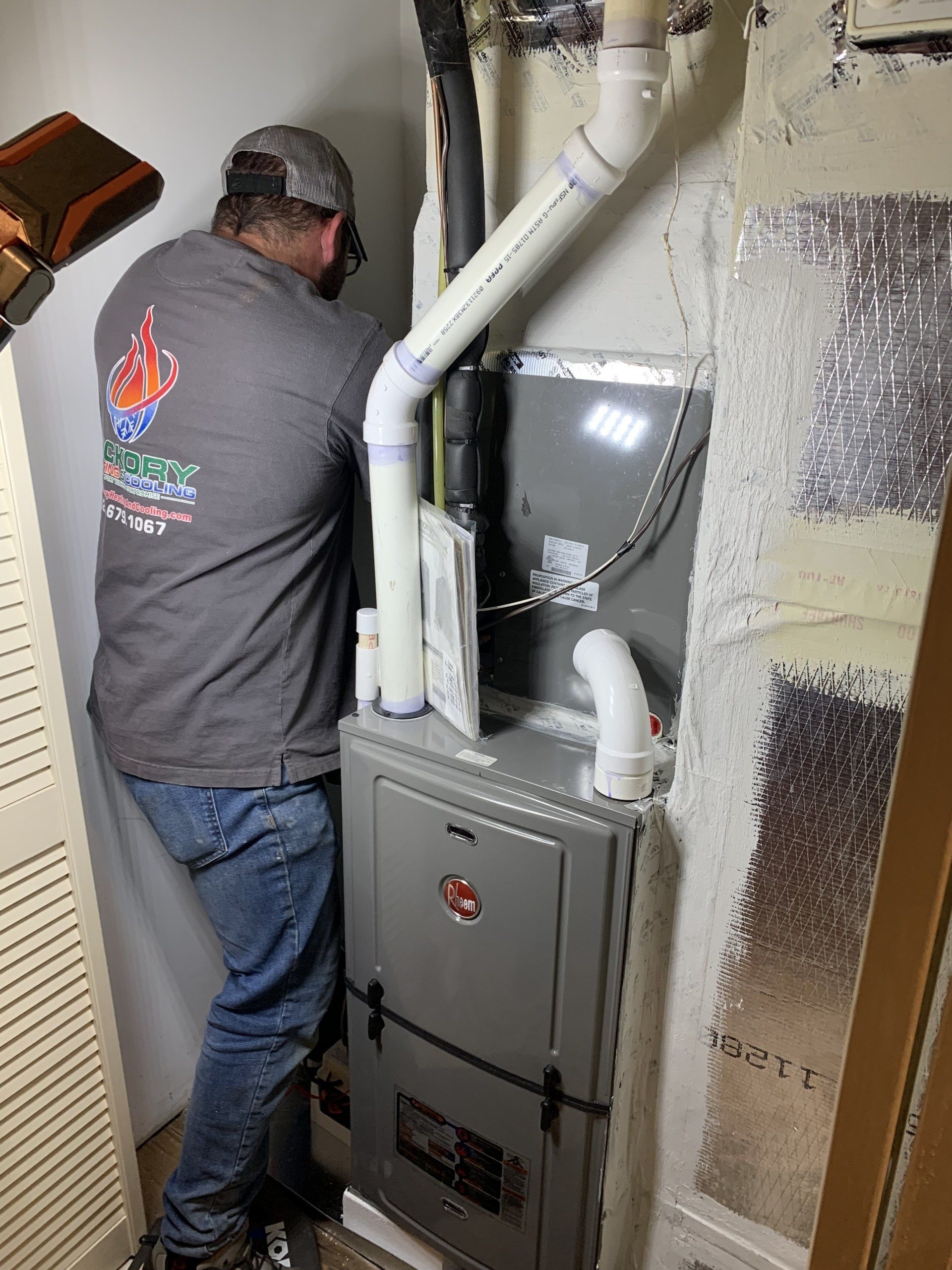
Conclusion
You can prevent costly repairs and guarantee efficient operation by staying vigilant about furnace issues. Curiously, about 75% of furnace failures are linked to a lack of maintenance. Regular inspections can help you catch problems early, like unusual noises or strange odors, which often signal mechanical troubles. Keep a close eye on your energy bills and airflow consistency. Addressing these issues promptly, through checking filters and ductwork, will enhance your furnace’s efficiency and lifespan, maintaining comfort in your home.
Furnace Operation FAQs
How Often Should I Schedule Maintenance for My Furnace?
Why risk inefficiency and safety issues? Schedule furnace maintenance annually. Inspect filters, ignition systems, and heat exchangers meticulously. Prioritize safety and comfort by routinely calibrating thermostats. Remember, consistent upkeep guarantees your furnace serves your home efficiently.
What Is the Ideal Temperature Setting for Energy Efficiency?
Set your thermostat to 68°F during the day for ideal energy efficiency. Lower it by 7-10°F while you sleep or when you’re away. This strategy reduces energy consumption, benefiting the environment and utility bills.
Can a Furnace Issue Affect My Indoor Air Quality?
Of course, your furnace, the unsung hero of dust distribution, can impact air quality. To avoid transforming your home into a simulation of the Sahara desert, guarantee regular filter replacements, duct inspections, and professional maintenance.
How Can I Improve the Longevity of My Furnace?
You can improve your furnace’s longevity by scheduling regular maintenance, replacing filters every three months, and ensuring proper airflow. Inspect the unit for leaks and unusual noises. This will promote efficient operation and extend its lifespan, ultimately serving your household better.
Are Smart Thermostats Compatible With All Furnace Types?
Smart thermostats aren’t universally compatible with all furnace types. Before purchasing, check your furnace’s compatibility with smart devices. Consult your furnace’s manual or contact the manufacturer to guarantee seamless integration, optimizing your system’s efficiency and performance.
